Contemporary playgrounds prescribe standardized and inflexible play for children, thus my playscape, a primer of shapes and functions formed around a gravity acknowledging field with tactile materials; fosters open-ended, didactic playfulness.
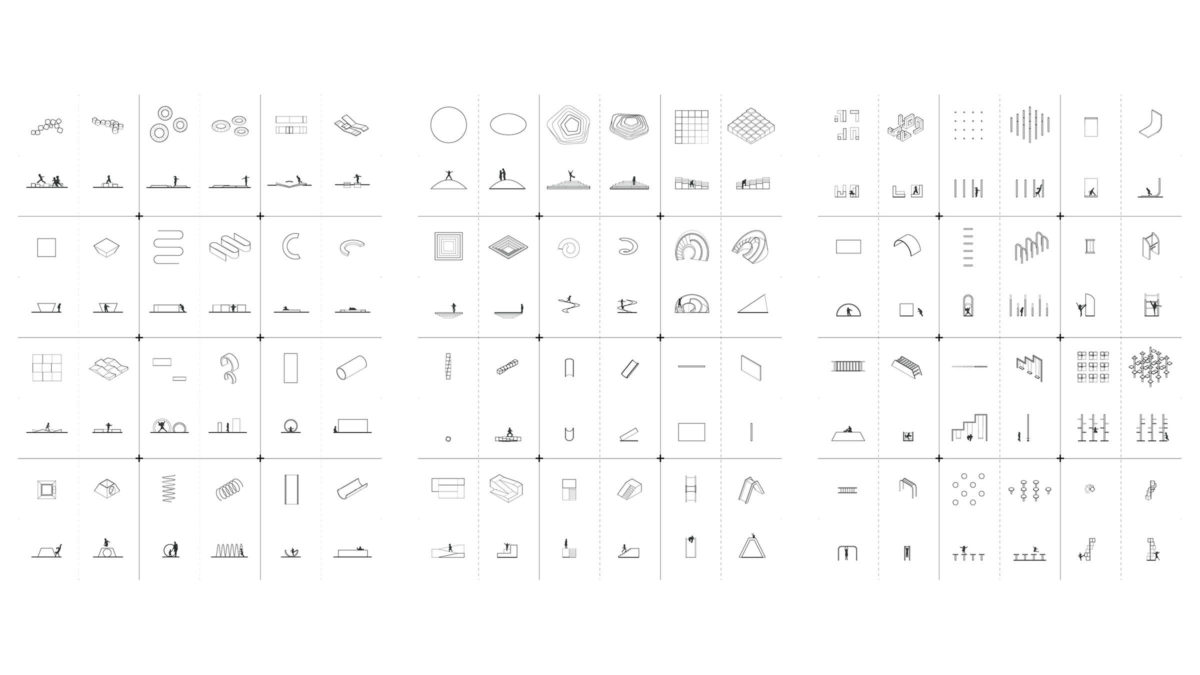

Contemporary playgrounds prescribe standardized and inflexible play for children, thus my playscape, a primer of shapes and functions formed around a gravity acknowledging field with tactile materials; fosters open-ended, didactic playfulness.
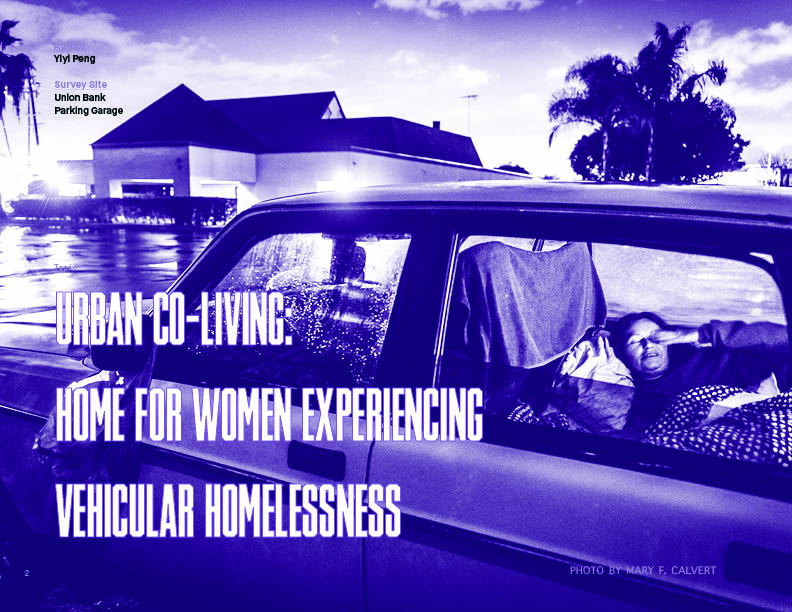
This project is studying the pressures and challenges of women experiencing vehicular homelessness in Los Angeles. Move from living on the street to living in a parking building. Let these women experiencing civic homelessness move from an isolated individual to a community with a sense of belonging and increase the security of the entire unhouse women community through the neighborhood watch system.
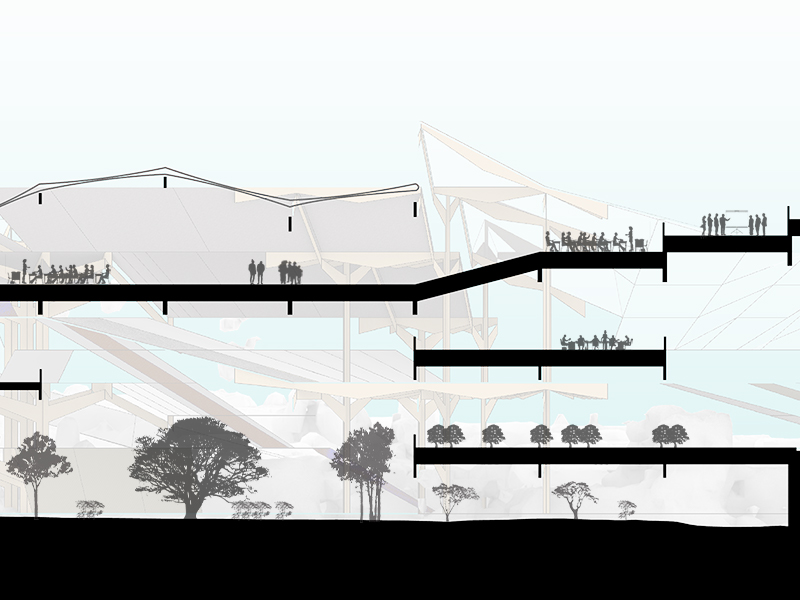
This project is an exploration of urban infrastructure that goes beyond the physical and impact the social, economic, and political fabric of the city. It operates as extension of the cultural and geographic context of the site, using an elemental approach to program and tectonics to support the agency of its users and inhabitants.
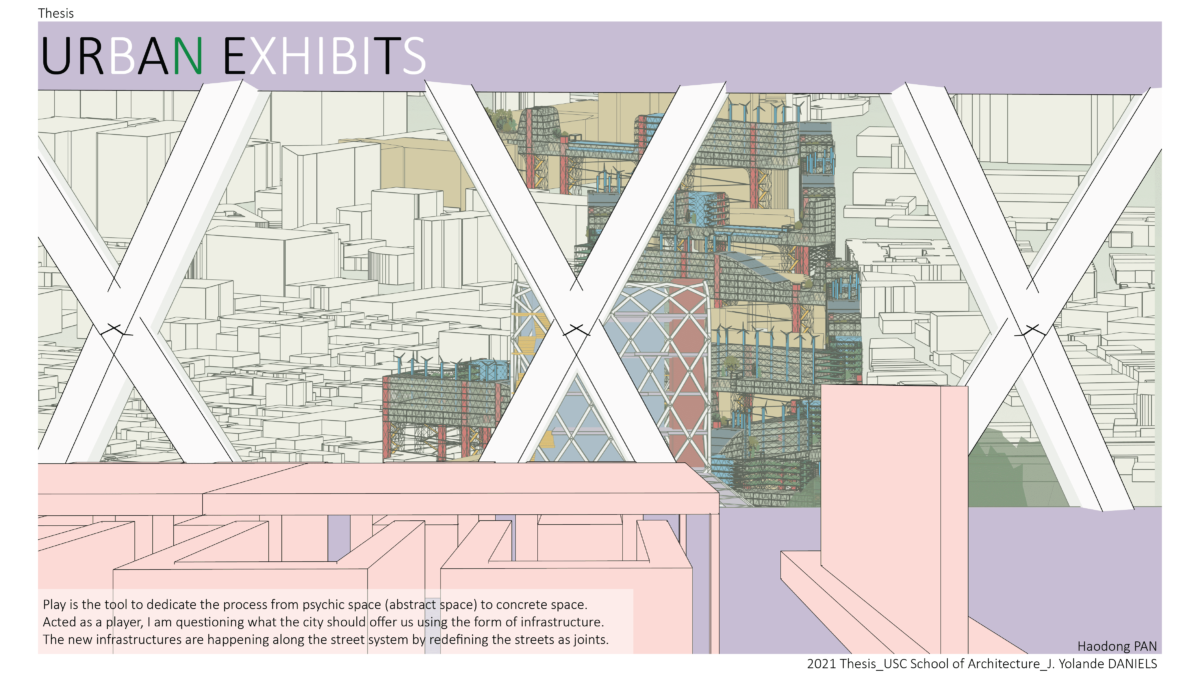
Play is the tool to dedicate the process from psychic space (abstract space) to concrete space. As a player, I am questioning what the city should offer us using the form of infrastructure and I propose new infrastructures that are happening alongside the street system by redefining the streets as joints.
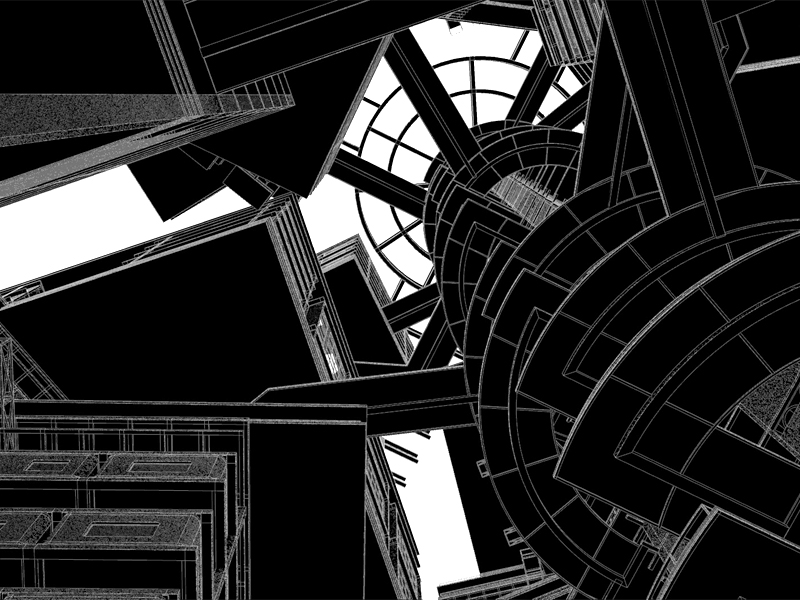
An exploration of future urbanism development, a refutation and criticism of traditional architectural design logic, and a research and development of the urban living environment.
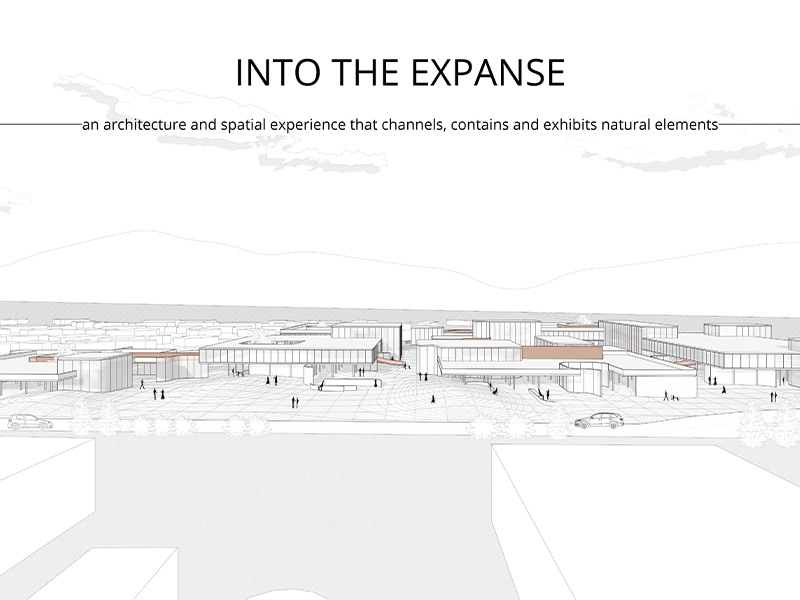
Architecture is designed as an extension of nature and forms a spatial experience that frames the horizontal expanse. In response to the precedent study, a series of architectural strategies that frame and channel natural elements are introduced. These range from the scale of the human body to the scale of the environment. Both natural elements and architectural elements are used to form bodily and spatial experience in the building. The natural elements consist of greenery and topography, and also atmospheric states that produce weather. The human experience is explored through the proportion and scaling of bodies (anthropometry), enclosure and color. Natural elements and greenery are introduced through light wells and courts to produce atmospheric conditions that interact with the volume. The ground floor is designed to be an uneven surface, mimicking natural terrain. The colors and materials of architectural elements changes depending on the time of day and the weather conditions. The building is designed as a barometer of the environment to capture and exhibit the natural elements.
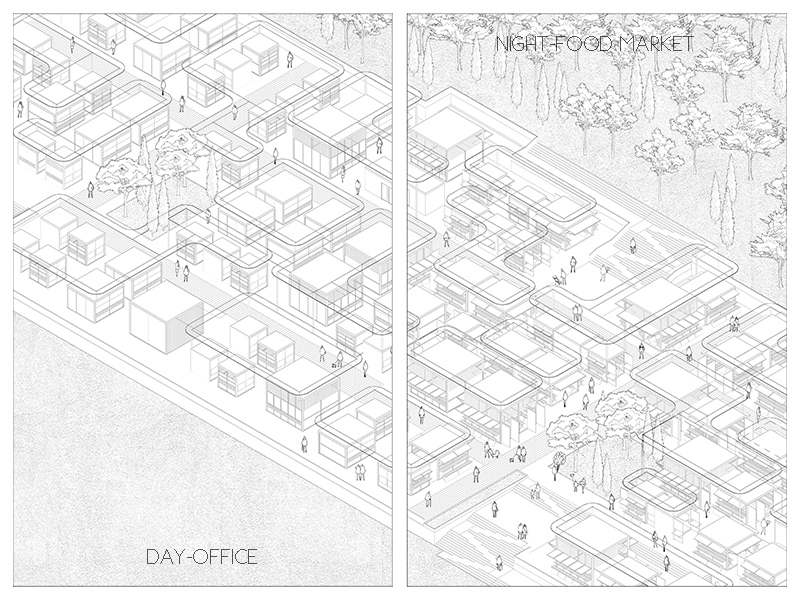
The second law of thermodynamics states that an isolated system tends to increase the degree of confusion. So it is the natural law that everything will become chaotic without interference. Maybe that can explain why people always feel comfortable when stay in a place with the sense of disorder.
So in my thesis, I propose to create a space can make people feel the sense of disorder and normal life after working a whole day.
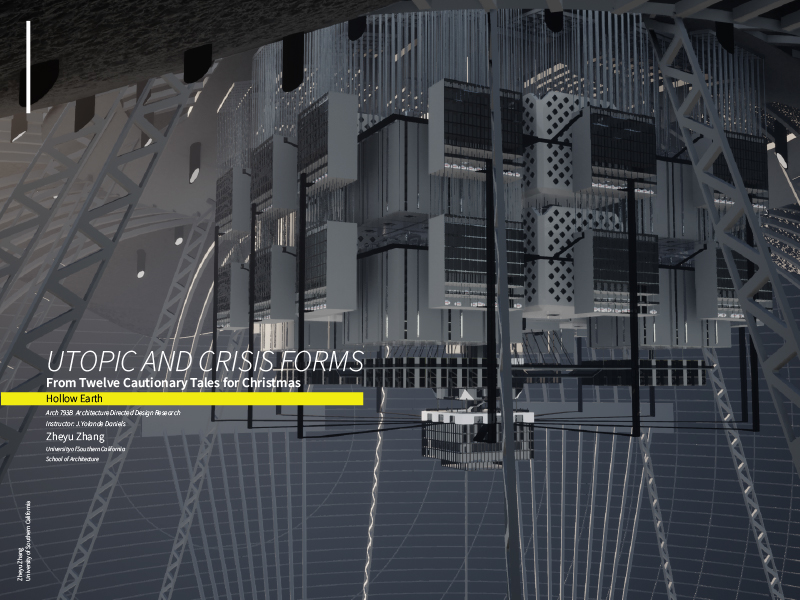
By minimizing the scale of a city with the concept of ‘Negative Welfare Society’, treating the volume as a system, a megastructure, pushing people’s lives to extremes and seeking the controlling power behind monumental meaning of space.
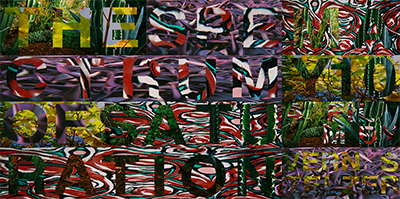
This project is an exploration of how designers can redefine and understand architectural saturation, and debunk the techniques that mystically ‘saturated’ environments are created. Included in this content is an informational pamphlet breaking down this contrived saturation method, which was a product of extensive case study research and analysis. The short film is an expression of this method through the design of three individual environment. This method was then applied to the structure and the visuals of the film itself. Saturation as an architectural attribute can be both pleasurable and uncomfortable, and this thesis has analyzed and drawn from examples from all across this spectrum.
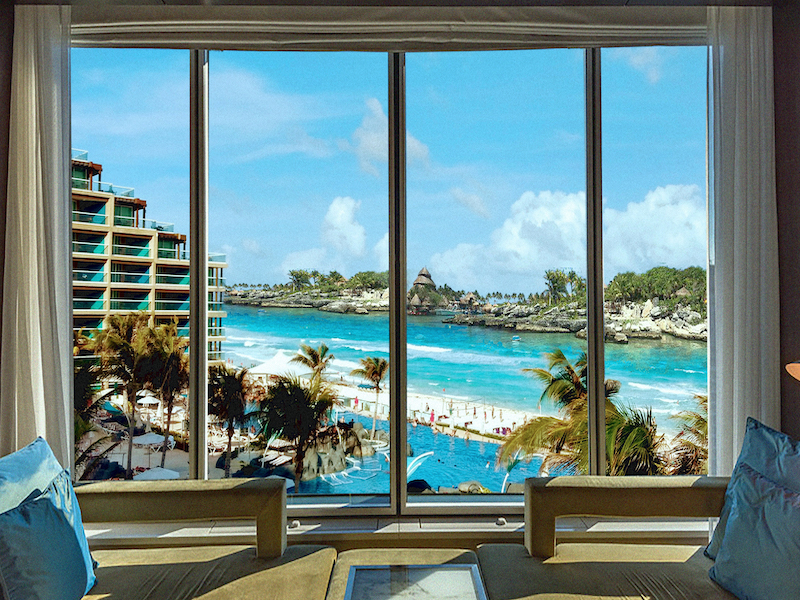
Located on the northern edge of UNESCO’s Sian Ka’an Biosphere Reserve in Quintana Roo, Mexico, this project imagines a near-future reorganization of Cancun’s numerous tourist enclaves, archeological research sites and nature reserves to mitigate the future ecological impact of tourism.
Using proximity diagramming to reorganize different types of tourist architecture, the project consolidates tourist enclaves into a network of contained, cellular environments. “Adventure tourism” sites and honeymoon resort hotels, for example, are sorted into neighboring cells, transforming one parcel of land into a landscape of newlywed architecture and the next into pavilions for zip-lining thrill seekers. By manipulating building types and their density, the project aims to intensify these tourist play-scapes within individual cells while shielding sites of ecological vulnerability and archeological significance from future damage.